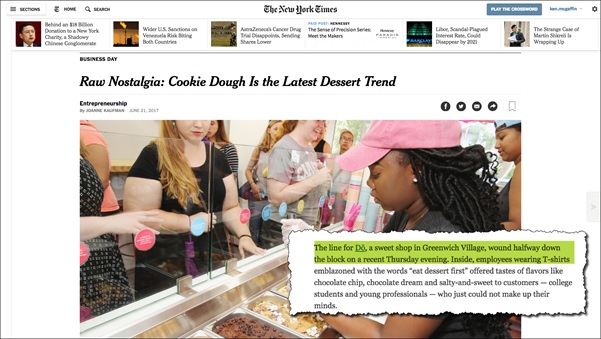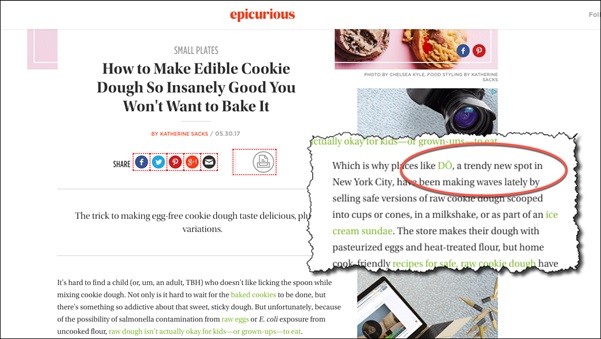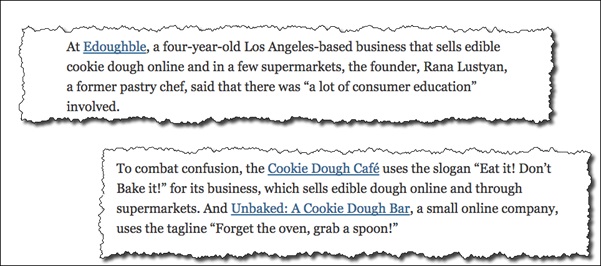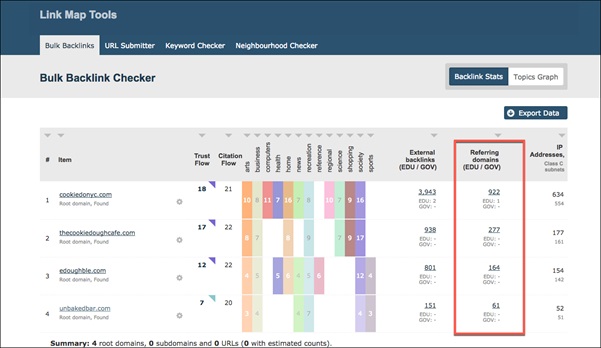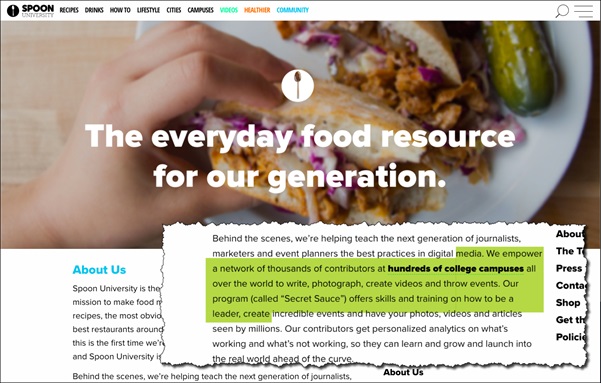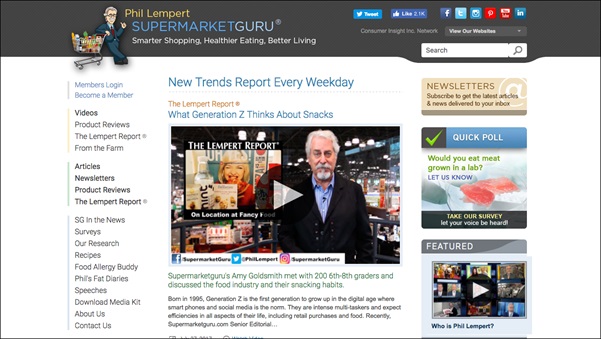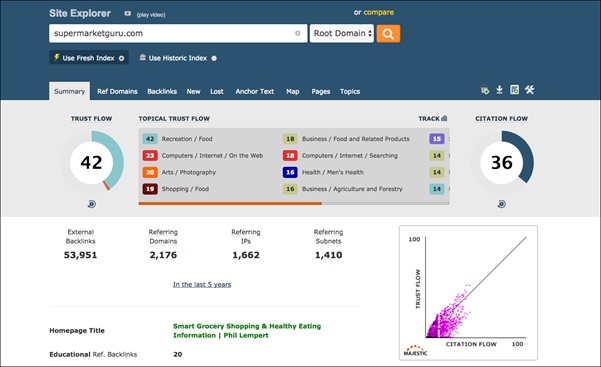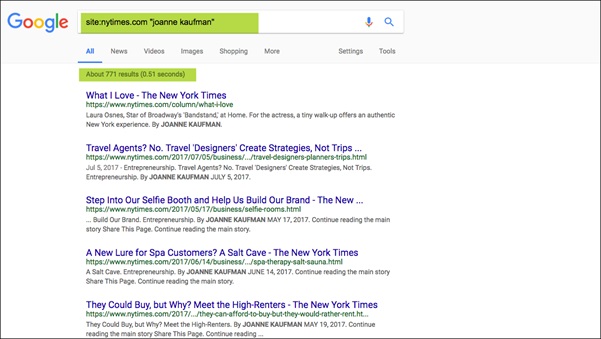
Marketing inspiration comes from multiple, and often unexpected sources. I think link builders should be interested not just in the latest building initiatives, but in any marketing activity that proves to be a hit with audiences.
While on vacation in NYC, a small cookie dough shop in Greenwich Village, New York City was a ‘must visit’ destination for my 16 year-old daughter. As we live in the UK, many thousands of miles away from New York, I was mildly curious as to why she had chosen that particular shop – but when we arrived at the store, I was totally gobsmacked.
The queue to get in stretched round the block and onto the other side of the street – there were scores of people there. It was clear that she’d have to wait some time to get in. ‘What on earth was happening?’, I asked myself.
Someone behind the store had got her marketing spot on and had made a powerful impression on her audience. But curiosity had its limits and lining up for cookie dough was not high on my personal agenda.
So my daughter and her Mom joined the queue while I decided to explore one of my own fascinations and went to find a pub that would sell me some cool craft beer.
Once I got my beer, I sat down, opened up my iPad and searched the New York Times for stories on cookie dough, and see if that could tell me why the queues were so big.
Sure enough, one of the first results was this article, “Raw Nostalgia: Cookie Dough is The Latest Desert Trend”, [https://www.nytimes.com/2017/06/21/business/cookie-dough-dessert-trend.html] published on June 21 on the topic of Entrepreneurship.
I love articles like this because they contain so much information for anyone interested in link building and entrepreneurship. I read the article a couple of times and scribbled down some notes. I decided that there were some ideas worth exploring and that I’d dig deeper when I got home.
Back at my desk, I reviewed my notes and here are 4 takeaways that you might find useful.
1. Try to understand what journalists want
By reading articles carefully, you get to understand the essence of the story – why did the journalist or blogger write the article?
In this case the NYTimes.com was focusing on ‘nostalgia’:
So is there a nostalgia element about your business or client? And if so, how could you use that in a pitch to a journalist or blogger?
Furthermore, the publication will usually focus on one main business, and that business is likely to be media savvy because they appeared in the New York Times – and that means they’ll lead me to more coverage and links from other journalists and bloggers.
Enter the domain into Majestic, and it’s easy to find more examples:
Here’s the piece on Epicurious [http://www.epicurious.com/expert-advice/how-to-make-edible-cookie-dough-plus-five-variations-article]:
Using Majestic, I can find these links – explore the source and target URL so that I can understand why the link was given (so I can judge whether I’d be likely to get a link as well).
2. Find and analyse competitors
The NY Times article gives detailed information about an emerging trend and that can be useful research. And for balance, the journalist will usually list 3, 4 or even more competitors – and those competitors are also likely to be media savvy and lead to more opportunities.
Here are other cookie dough companies that are mentioned and get an editorial link from the NYTimes.com:
I’ll enter these websites into the Bulk Backlinks tool and rank them by the number of referring domains:
While none of these sites has a large number of referring domains, they still are of interest in such a specific niche.
The next step is to enter those four domains into the Clique Hunter tool – which will show me domains that link to 2 or more of those domains I entered. This gives me 124 link prospects, most of which are highly relevant:
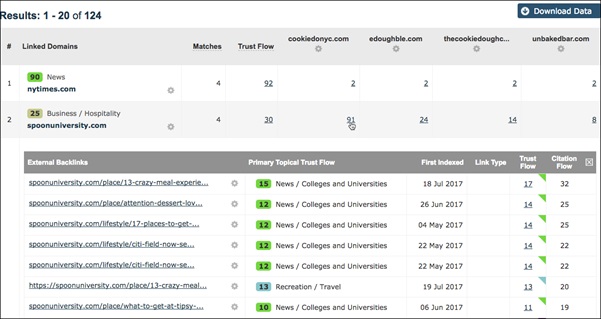 I see that ‘Spoon University’ also links to the 4 companies:
I see that ‘Spoon University’ also links to the 4 companies:
And from a quick scan of the site, that looks like a promising link prospect.
3. Identify experts or influencers
The article is also likely to include quotations or research from relevant ‘experts’ or ‘influencers’ – and I can also analyse them using Majestic to find many more prospects.
For example, the article includes this quote from Phil Lempert, an industry analyst who calls himself the Supermarket Guru:
 A quick look at his site and it looks a promising prospect for food businesses:
A quick look at his site and it looks a promising prospect for food businesses:
And a quick analysis on Majestic confirms that it’s an authoritative site:
4. Find out more about what individual journalists like
I can look at the profile of the journalist who wrote the article to see other articles they have written, and understand what they are interested in – so that I know what to pitch them.
And if the media site doesn’t publish profiles, you can always do this search on Google:
Final words
When you spot something interesting, the key is always to note it down as soon as you can – be it in a notebook or to store it as a bookmark. Otherwise, you’ll struggle to remember or find it again. Iwas on vacation, but when I found a small store with queues around the block, I knew it might be something that would be worth exploring in the future.
Have you found inspiration in unusual places? If so, please share in the comments below.







